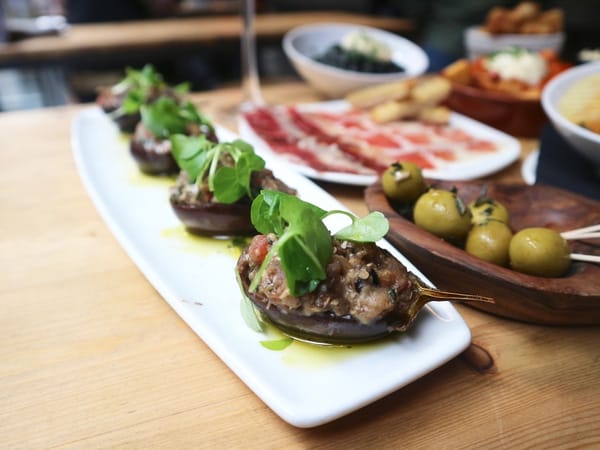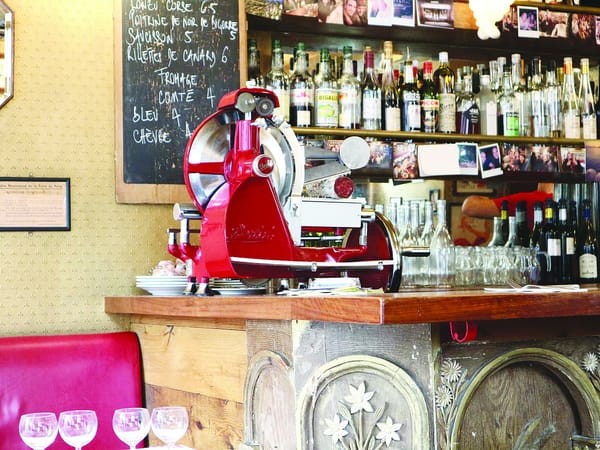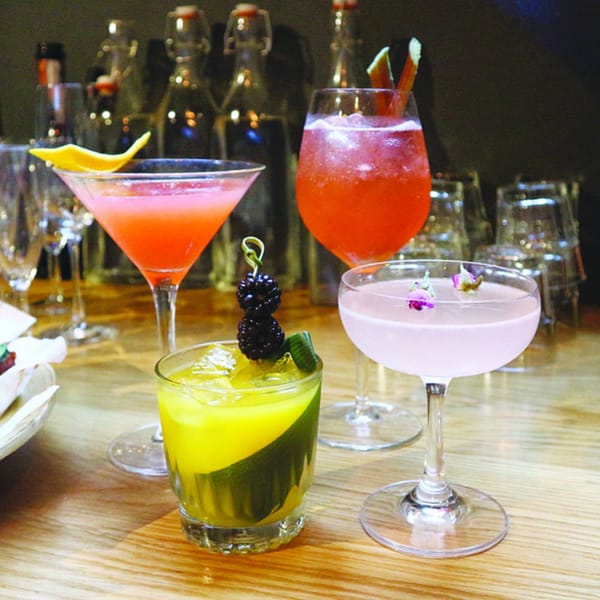Make restaurants great again
felix discusses what really makes a restaurant shine, with a trip to Popolo – one of Shoreditch’s many new trendy eateries that for once isn’t just overblown hype.
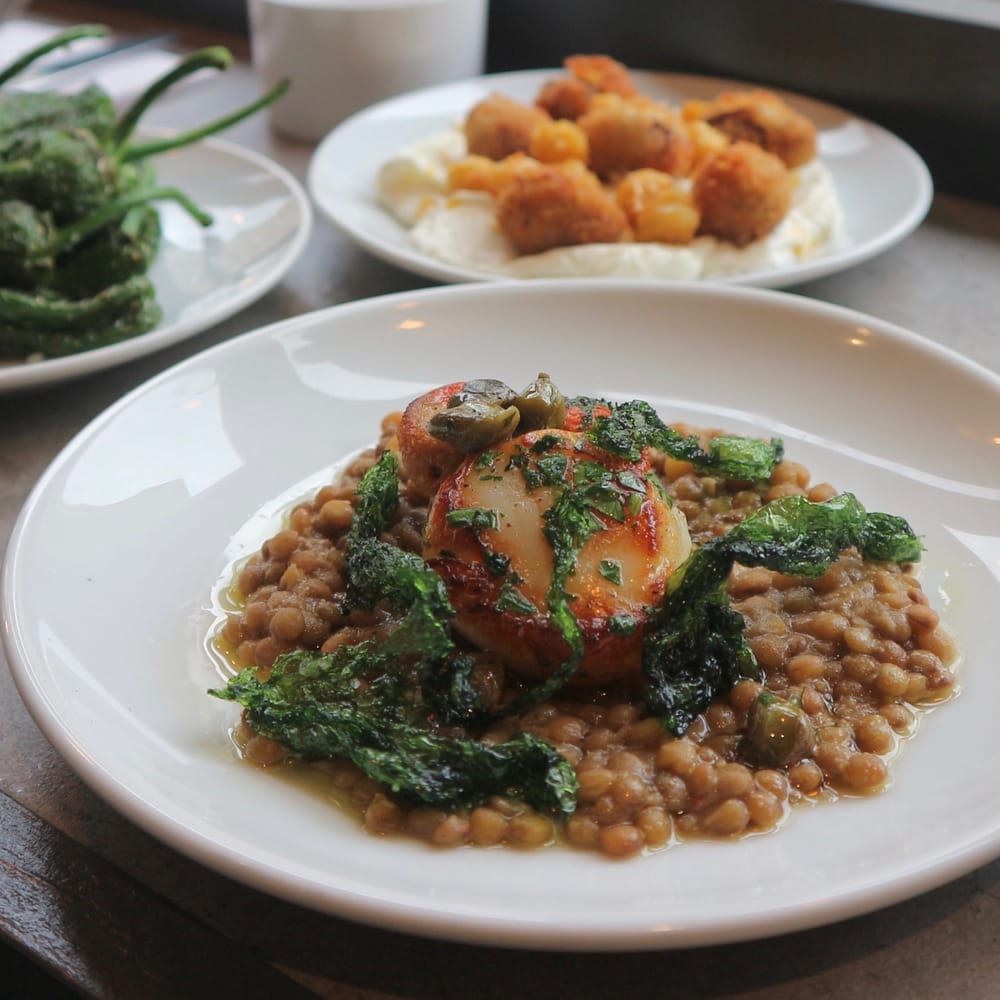
How do you differentiate between a good and an excellent restaurant? Is it the Michelin-starred chef behind the counter splattering sauce over thumb-sized morsels of food? Is it the extra 0.1 rating or half a star on OpenTable? Or is it the two-hour-long queue outside the no-reservation system every evening?
Different people have varying standards of a good dining experience. Some people may tend towards the quality of the food itself, while others deliver their reviews based on service and value. For me, the deciding factor is not just the food, or how accessible the booking system was or if I’m getting what I paid for. What matters is something deeper: the personal interactions I can create with the atmosphere, the stories and the people that accompany each dish.
Perhaps this is why I tend towards exploring street food markets and small independent eateries over well-established chains. Instead of tasting the food exactly as how it was placed before me on the plate, I get to see action. I get to speak to the person making my food, not delivering my orders to a waiter. I get to savour each owner’s stories from their past, and their aspirations. It’s those tiny details that add a greater depth of flavour on my tongue, give understanding of the food, and establish a long-lasting impression in my memory.
A restaurant that has given me exactly what I was looking for was Popolo, an Italian-inspired eatery that had opened just a few weeks ago on Rivington Street, in the heart of Shoreditch. The two-story restaurant was dressed in a dark grey, almost blending in with the quiet neighbourhood. Some paintwork in a contrasting yellow colour paralleled with the graffiti some 50 metres away.
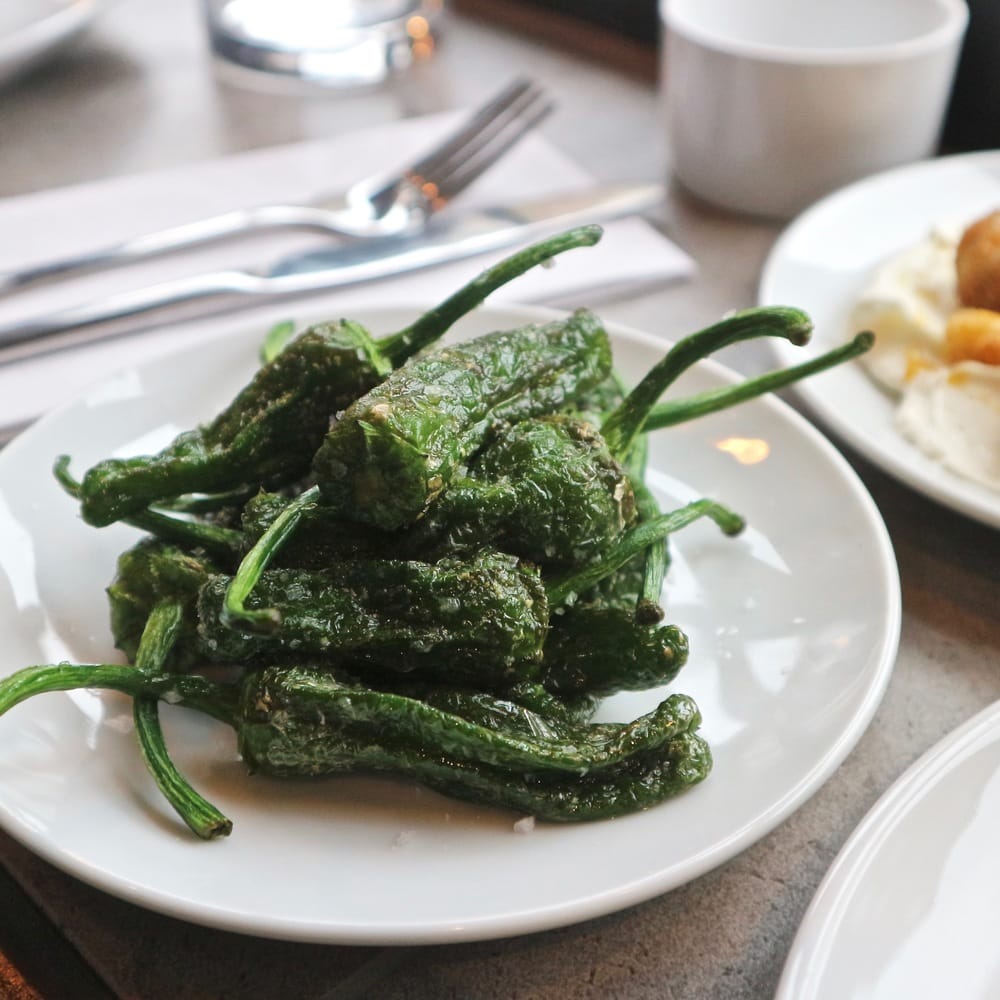
Upon entering we were greeted by an open kitchen surrounded by an L-shaped bar, giving full view of all the kitchen theatre. Upstairs was a small dining area with tables and a bar table stretching along the window. The simple, grey, industrial-style interior carried through from the door up along the brick walls, and was a complete juxtaposition of the vibrant experience that followed.
Munur, the manager and co-owner, greeted us with such welcoming warmth that we instantly felt at home on our seats by the window. He entertained us with wonderful stories of his past as an investment banker, how he started the restaurant with Jon, the co-owner and head chef, and their ideas. He showed us photos of the transformation of the restaurant from an Indian takeaway to what it is now, talked about the seven weeks of renovation with such excitement while pointing at a white streak on the brick wall where the original white walls had been.
Munur left us to taste the first two plates: fried olives and chickpeas on labne, and a plate of bright green Padron peppers. The olives were crunchy golden nuggets exploding with their mellow, earthy juices, scooping up the smooth, mild-flavoured labne and drips of chilli oil. The Padron peppers came warm, dressed in olive oil and sea salt, and were soft, juicy and sweet.
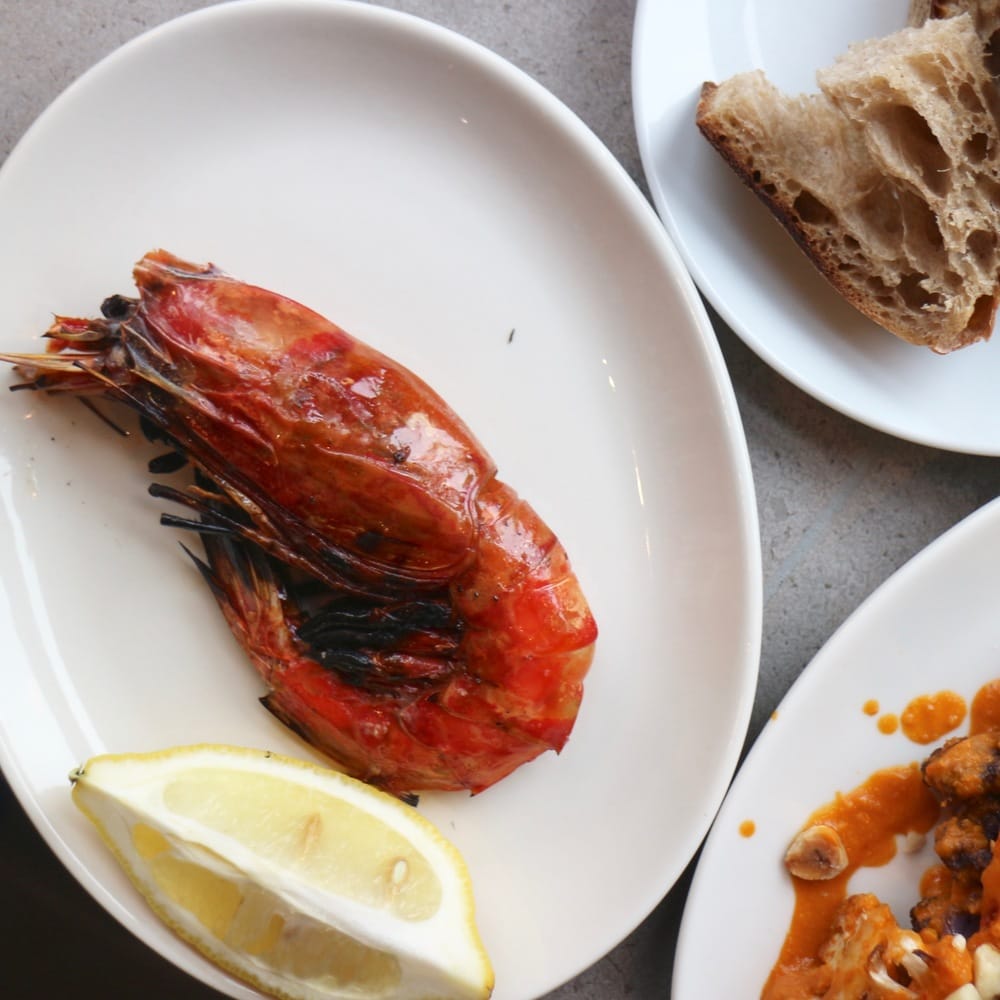
A selection of dishes from the seafood menu appeared on our table swiftly after. The Capesante was a huge, orange, grilled diver scallop with its roe still attached, on a bed of lentils and green laver seaweed. The scallop itself was perfectly cooked, still soft and succulent inside. The risotto nero came as an impressive plate of glossy, creamy, flavourful jet black rice, with generous chunks of tender squid and two cheeky tentacles on top. The Pulpo, one of their signatures, was a plate of octopus and potato slices all in an enticing sunset-red. The octopus was the complete opposite from the tough, rubbery, overcooked pieces of protein you get elsewhere, and was soft and supple.
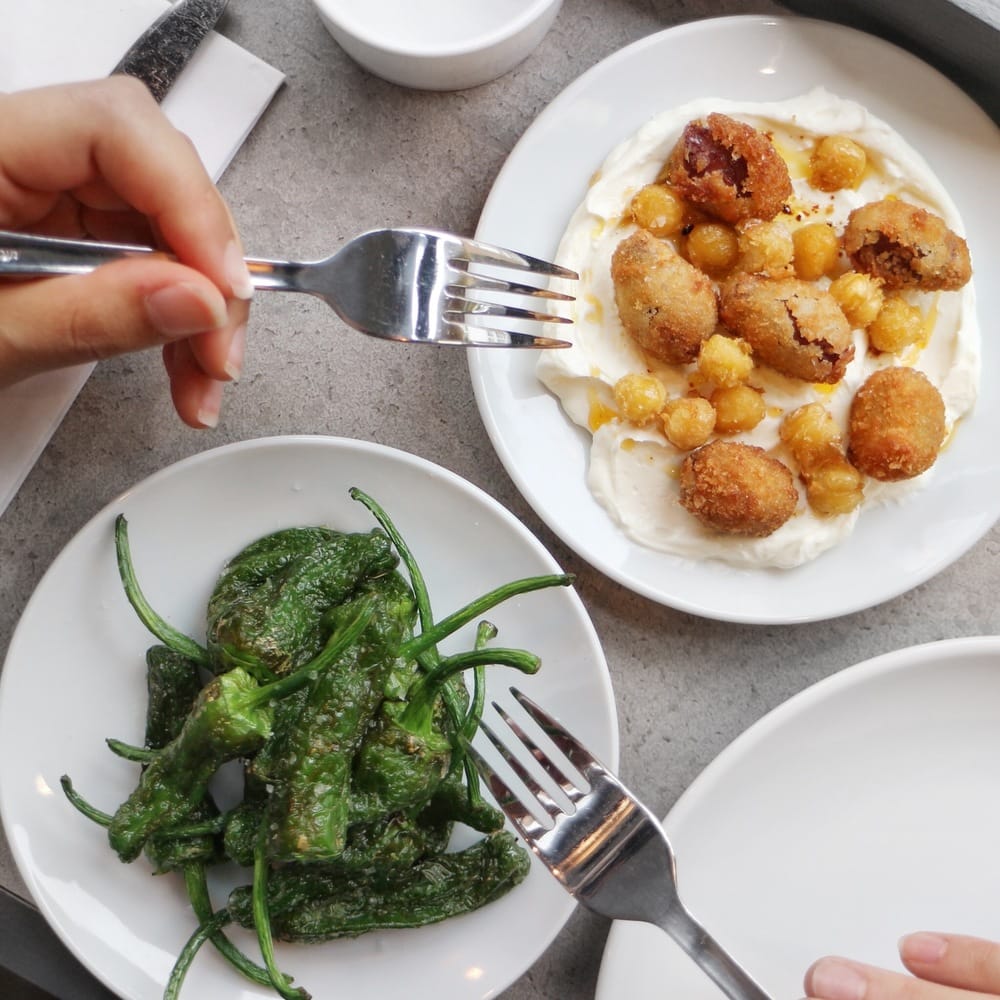
Our meal creeped up to a climax with two more dishes. Our vegetable dish featured Romanesco and cauliflower in a vibrant, sweet romesco sauce, with some crunch from the almonds and hazelnuts. The Carabineros ended the mains with a blast of excitement: the palm-sized red prawn was grilled whole. We fought to break the body from the head, separating the luscious meat from the shell, sucking the hot juices from the head. The simple flavours of the sea blended in seamlessly with the smoky flavours from the grill, infused into every inch of the shrimp and diffused through our mouths. Our faces were in the same happiness as the photo of Munur’s eleven year-old daughter savouring her father’s creation.
To allow our stomachs to be full at this stage was a very wrong move indeed. We were presented with two desserts. The first was a moist orange and almond cake, with coarse bits of almonds which was a surprise from the usual finely grounded almonds. The second was a wobbly delight – a panna cotta. This was not any panna cotta, but a burnt honey vanilla version with sweet figs poached in red wine. The caramel notes came through from the velvety smooth cream, introducing a strong floral aftertaste.
Popolo was what I was searching for in a restaurant – simple, delicious food, in a unique atmosphere, people who are passionate about what they do, and a wonderful story behind it.




